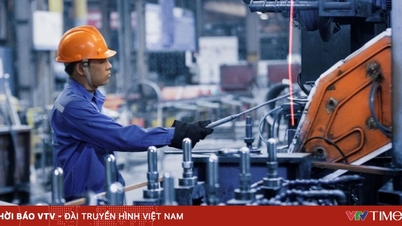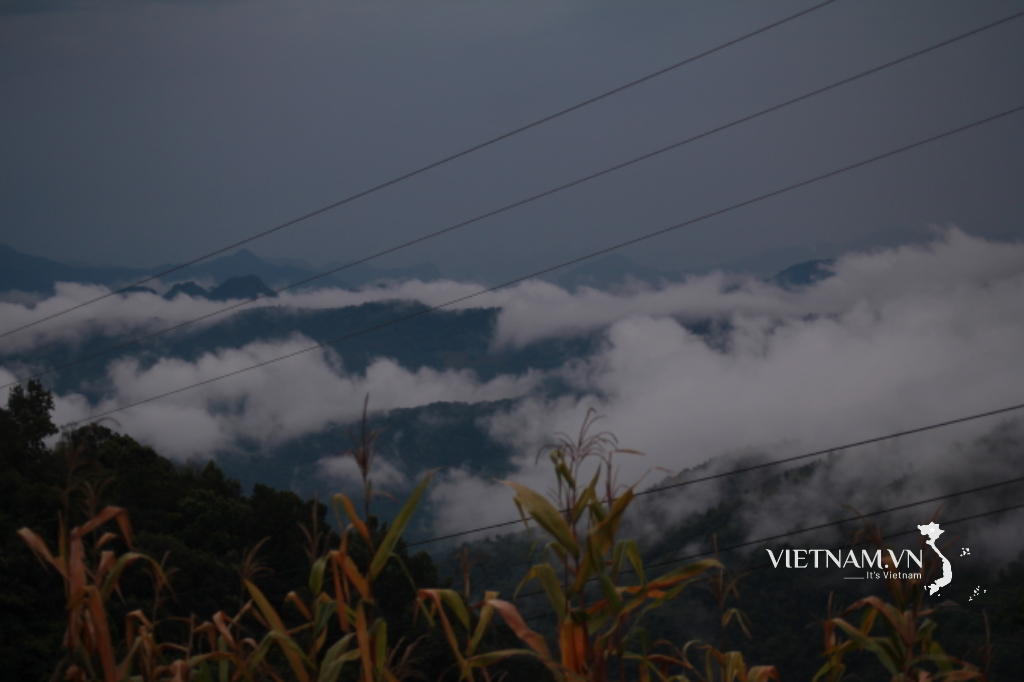Japanese oil and gas giant Inpex will invest more than 200 billion yen (approximately US$1.25 billion) in renewable energy projects in Australia between now and 2030. Inpex's goal is to transform Australia into a "green" hydrogen export hub.

Enel Green Power Australia (EGPA), a 50-50 joint venture between Inpex and Italy's Enel Power, will increase its renewable energy production capacity from its current level of over 300MW to 2,000-4,000MW by 2030. This upgrade will focus on solar, onshore wind, and battery storage. Initially, this additional renewable electricity will be sold within Australia. After 2030, a portion of the electricity will be allocated to the Ichthys natural gas project, which Inpex is leading off the northern coast of Australia. The Ichthys project accounted for half of Inpex's approximately 7 million tonnes of greenhouse gas emissions in 2023. To reduce carbon emissions, Inpex is using carbon capture and storage technology, but the company views renewable energy as the long-term solution.
EGPA can also provide expertise and experience for potential projects in Japan, where Inpex currently has limited renewable energy projects. The company is seeking opportunities to build offshore wind farms and geothermal power plants in Japan. In addition, Inpex is researching methods for producing green hydrogen using renewable energy to electrolyze water. Green hydrogen can also be combined with CO2 to create e-methane (synthetic methane), an alternative to conventional municipal gas. Inpex's major customer, Tokyo Gas, is investing in e-methane production, and Inpex will seek to supply green hydrogen to Tokyo Gas for this business.
Other Japanese companies are also establishing green hydrogen production operations in Australia. Sumitomo Group aims to produce 200,000 tonnes of green hydrogen in the country by 2030. Meanwhile, Marubeni Corporation and gas distributor Iwatani have partnered with Kansai Electric Power and other companies on a massive green hydrogen project in Australia. This project aims to produce 260,000 tonnes of green hydrogen annually from 2031 and export it to Japan. Japanese companies see Australia as a suitable location for hydrogen production due to its geographical proximity. The two countries also have a long history of "resource diplomacy " regarding liquefied natural gas (LNG) and coal.
According to the International Energy Agency (IEA), global hydrogen demand is expected to triple by 2050 if governments worldwide fulfill their announced climate commitments. Meanwhile, demand for fossil fuels is on track to peak before 2030. Recently, the RE100 group (comprising over 400 large companies, including 87 Japanese companies such as Sony and Panasonic) urged Japan to update its target of tripling renewable energy capacity, specifically from 121 gigawatts in 2022 to 363 gigawatts by 2035, as the country is expected to announce its strategic energy plan later this year.
The RE100 group is committed to moving toward the use of entirely renewable energy. Founded 10 years ago by the international non-profit climate group and NGO Carbon Disclosure Project (CDP), RE100 aims to monitor and assess companies' climate commitments.
LAM DIEN
Source: https://www.sggp.org.vn/tang-toc-dau-tu-xanh-post749657.html


![[Photo] Prime Minister Pham Minh Chinh presides over the conference announcing the establishment of the International Finance Centre in Vietnam.](/_next/image?url=https%3A%2F%2Fvphoto.vietnam.vn%2Fthumb%2F1200x675%2Fvietnam%2Fresource%2FIMAGE%2F2025%2F12%2F21%2F1766309817714_ndo_br_dsc-3400-jpg.webp&w=3840&q=75)




![[Photo] Prime Minister Pham Minh Chinh presides over a meeting on private sector economic development.](/_next/image?url=https%3A%2F%2Fvphoto.vietnam.vn%2Fthumb%2F1200x675%2Fvietnam%2Fresource%2FIMAGE%2F2025%2F12%2F20%2F1766237501876_thiet-ke-chua-co-ten-40-png.webp&w=3840&q=75)



































































































Comment (0)